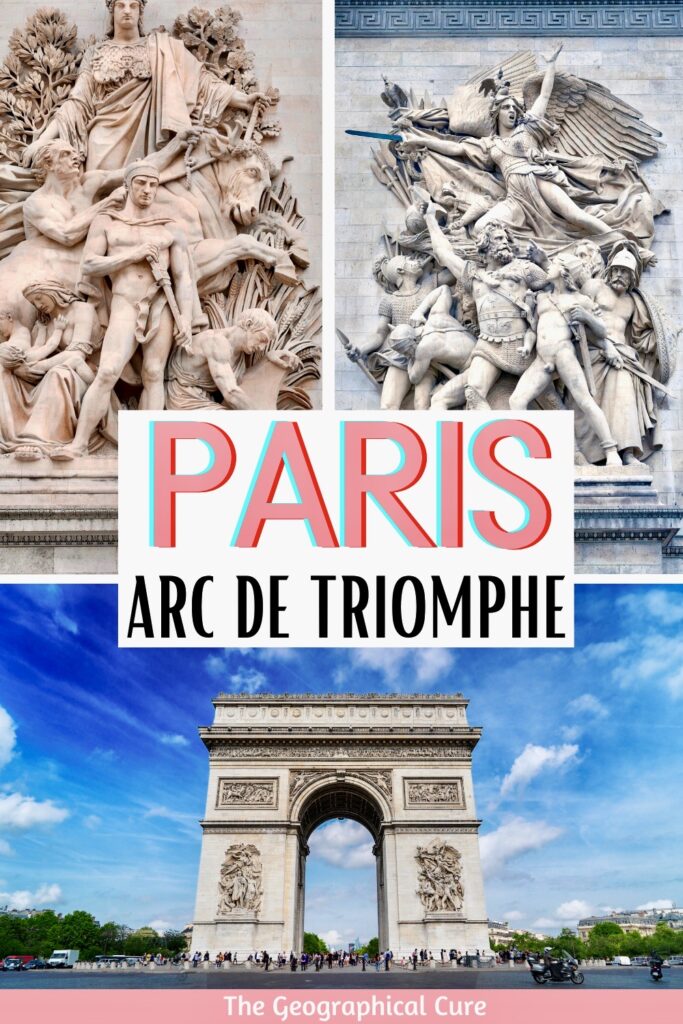The magnificent Arc de Triomphe is one of the most iconic landmarks in Paris.
Napoleon commissioned the monument in 1806 to commemorate his military victory in the Battle of Austerlitz. He went big. At 165 feet tall, the Arc de Triomphe is the second largest triumphal arch ever built and features exquisite statuary and relief carvings.
The arch is perched in the center of the Place Charles de Gaulle, which is dubbed “Etoile.” 12 avenues, including the Champs-Élysées, converge and radiate from the center in a star-like formation.
You access the monument via a well-marked underground pedestrian walk way. You can’t cross the busy and chaotic roundabout!
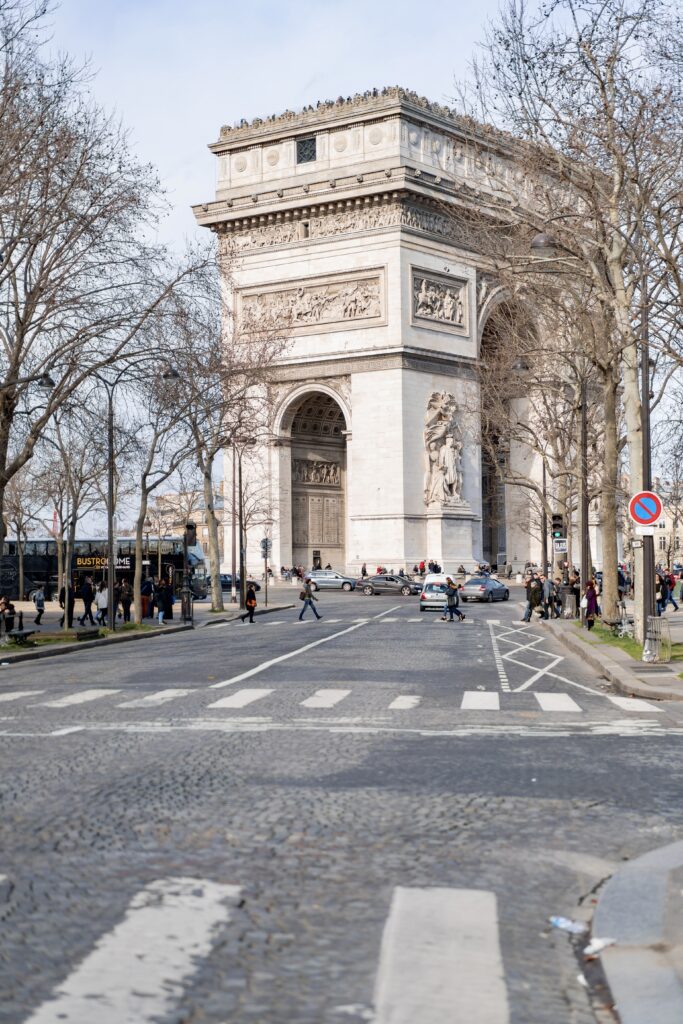
If you’re planning a visit to the Arc de Triomphe, this guide gives you a short history of the monument, an overview of everything you can see, and must know tips for visiting.
At a glance you’ll see:
- Tomb of the Unknown Soldier
- Relief sculptures on the 4 pillars
- Names of Battles and Generals
- Proclamation of the Republic
- Viewing platform
Tickets & Tours
Midway through the underground passageway, you’ll find the ticket office.
I highly recommend booking a timed entry skip the line ticket well in advance, especially during high season. Otherwise, you could be stuck in a long and time consuming line.
There are two lines at the office, one for ticket holders (to the right) and one for people without tickets (to the left).
Be sure to get in the right line. You’ll also have to go through security in another line at the base of the arch.
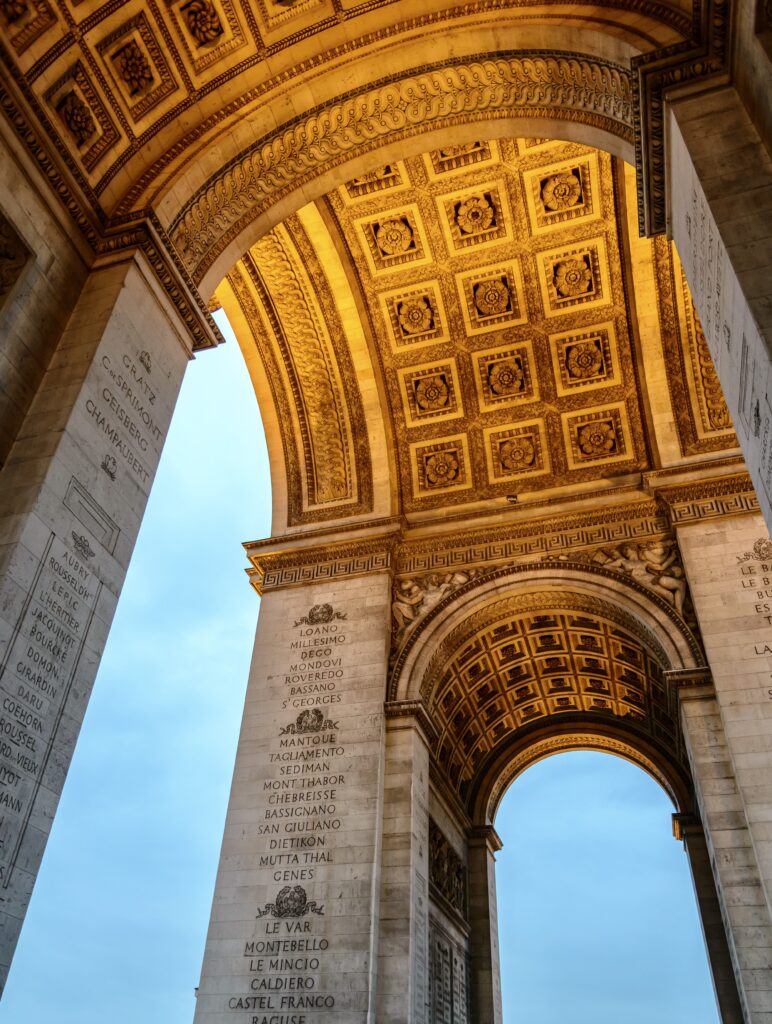
During my most recent visit in December 2022, I was surprised by the number of people lined up to buy tickets in person when they could easily have bought tickets in advance and arrived at the top much faster.
You can also book a guided tour of the arch and the Champs-Elysées
What Is The Arc de Triomphe?
The Arc de Triomphe was commissioned to commemorate the military victories of the French army, particularly the Battle of Austerlitz.
The arch was designed by architect Jean-François-Thérèse Chalgrin. He was inspired by ancient Roman triumphal arches, like the Arch of Titus in the Roman Forum.
Compared to many monuments in France, the arch isn’t all that old. Construction began in 1806.
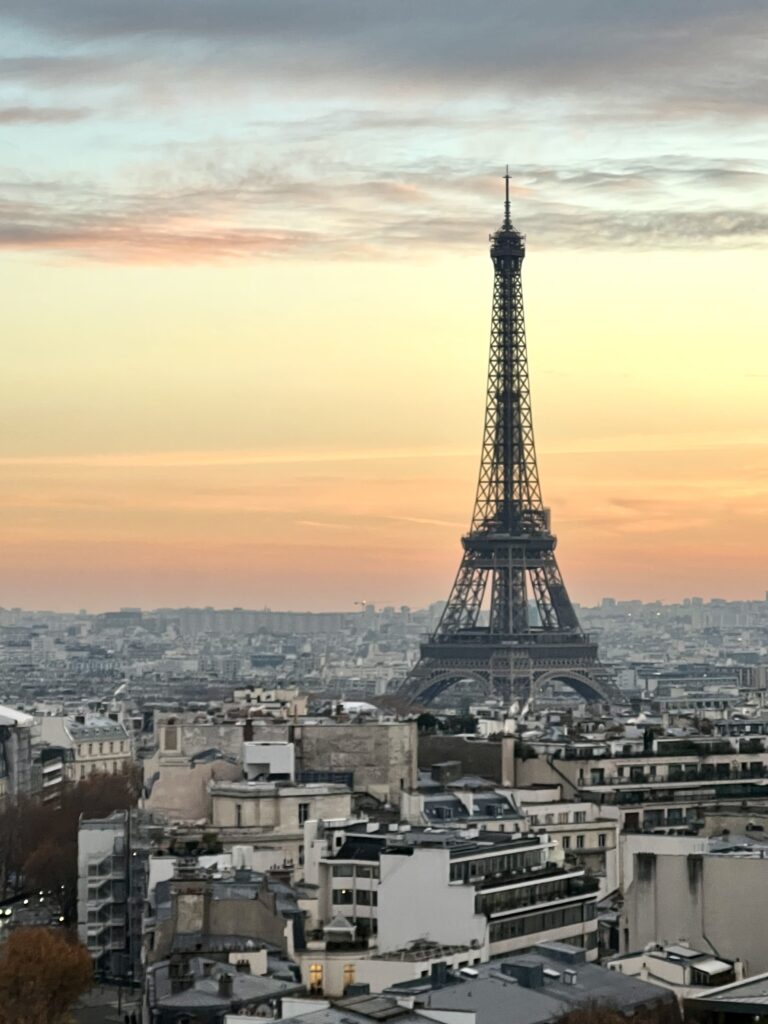
But it wasn’t completed until 1836, several years after Napoleon’s death. King Louis-Phillipe officially opened the monument.
The construction process was interrupted by several factors — changes in leadership, financial difficulties, and disruptions caused by wars and political upheavals.
Since its completion, the arch has became a symbol of French national identity and pride. Though it’s now more a monument of peace than war.
The arch has been the site of numerous important historic events and ceremonies, including military parades, state funerals, Napoleon’s funeral, the arrival of the Nazis, and the triumphant return of Charles de Gaulle after the Allied liberation.
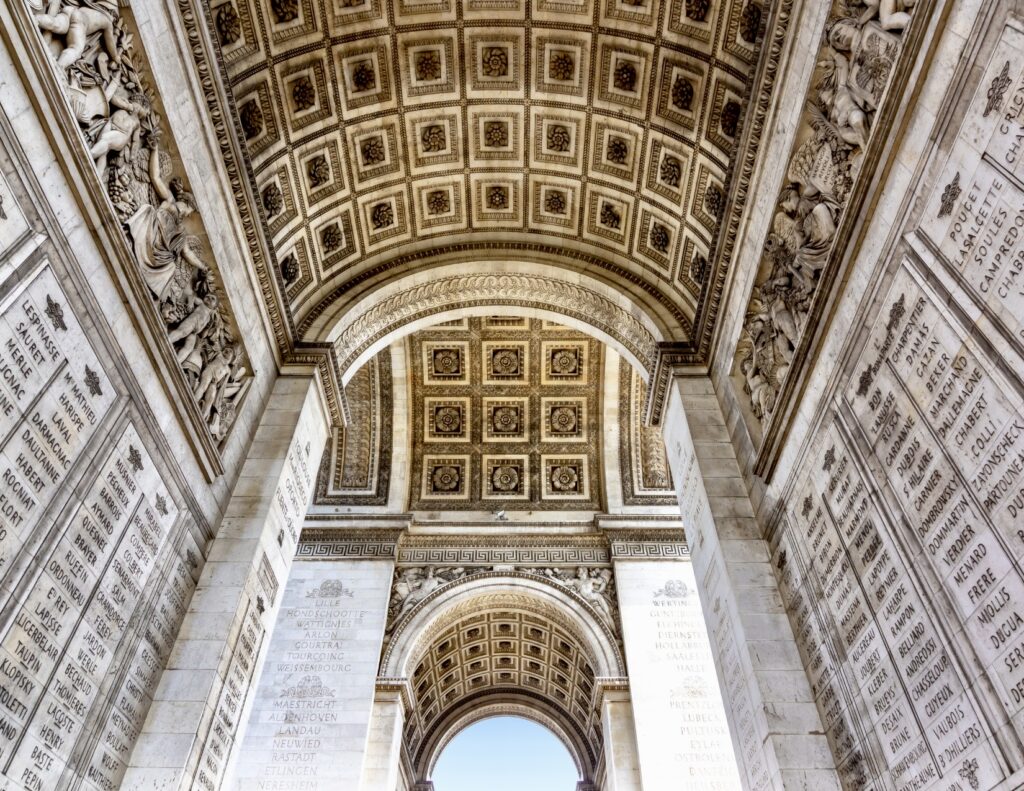
In 1982, the arch became a UNESCO World Heritage Site. It’s part of the “Paris, Banks of the Seine”designation, which recognizes the historical and cultural significance of the Seine riverbanks and its monuments.
Over the years, the Arc de Triomphe has undergone several restorations to combat damage caused by weather, pollution, and age.
The most recent major restoration project was completed in 2020. It involved a major cleaning of the monument’s exterior and repairs to the stonework and sculptures
Louis Vuitton, the French luxury goods company LVMH, contributed 10 million euros towards the project.
READ: Guide To the Louis Vuitton Fondation
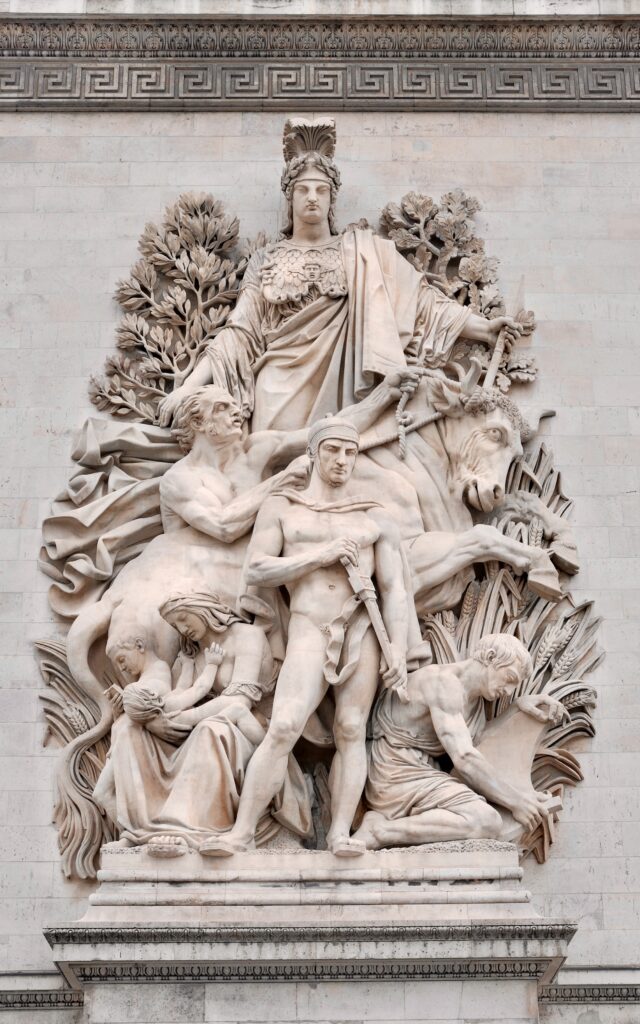
Guide To The Arc de Triomphe: What To See
Exterior Facade
Even if you’re not doing the climb, you can walk right up to the monument and admire the elaborately decorated exterior and ceiling.
There are four main sculptural groups on the pillars: La Marseillaise, The Triumph, The Resistance, and The Peace.
The most famous of these is La Marseillaise by François Rude. He created the sculpture between 1833 and 1836.
It features a very excited Lady Liberty, rallying the troops and patriotic citizens. It’s an intense piece, full of movement and drama.
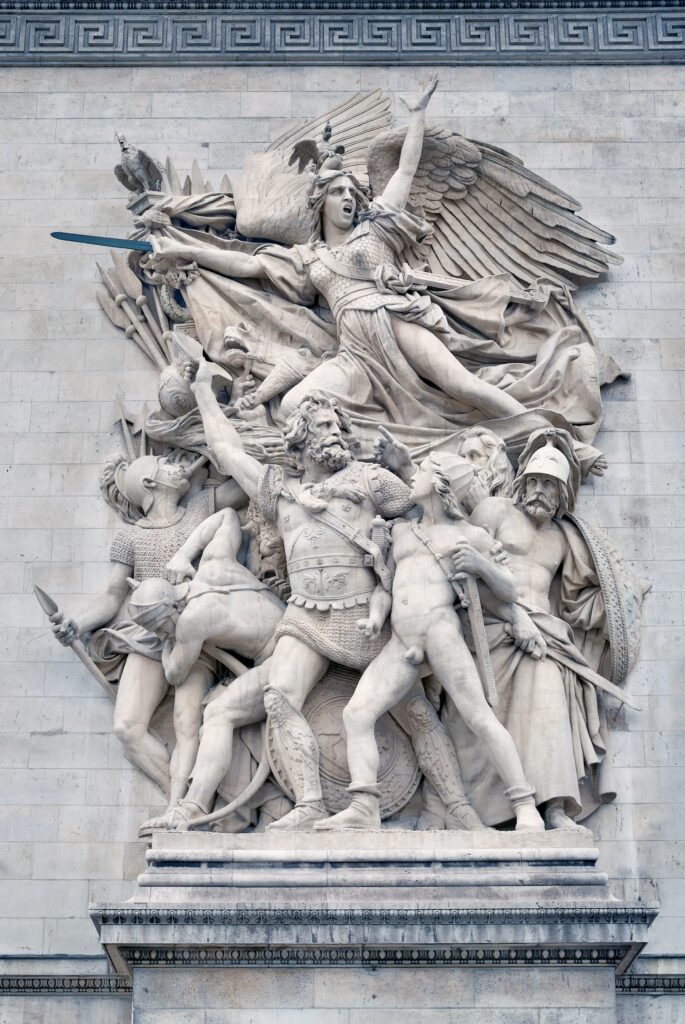
Six other reliefs depict significant moments in French military history, including: The Battle of Aboukir, The Battle of Austerlitz, The Capture of Alexandria, The Battle of Arcole, The Battle of Austerlitz, and The Battle of Jemappes.
There is also a 300 foot relief frieze running along the top of the arch. It depicts the departure of French troops from the country and their victorious return.
The relief sculpture was created by James Pradier and Antoine Etex.
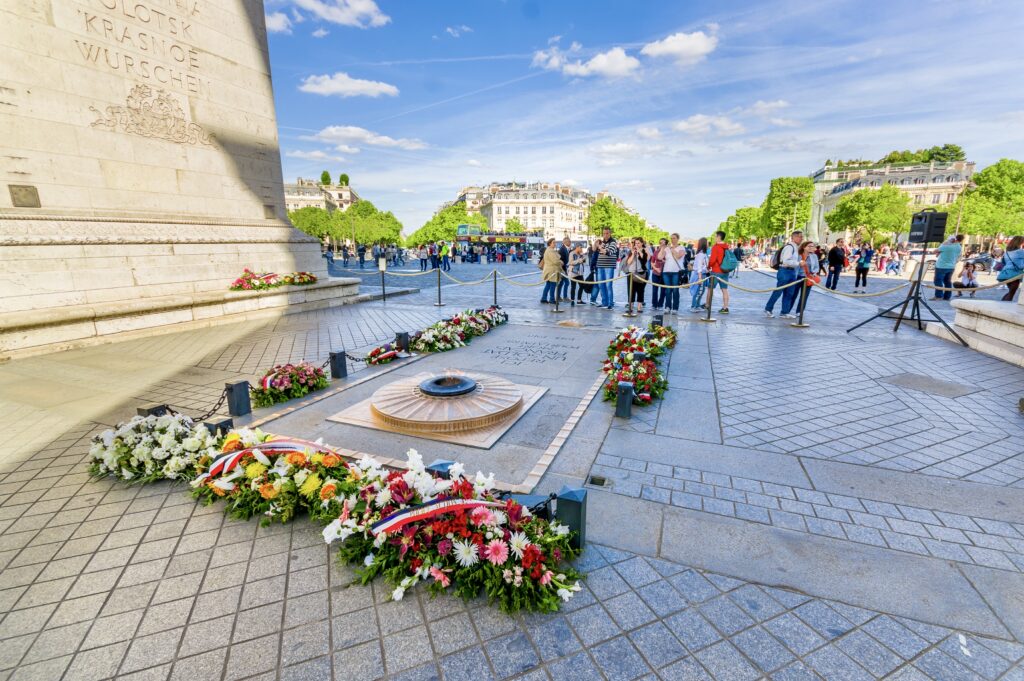
Tomb of the Unknown Soldier
The Tomb of the Unknown Soldier is located right beneath the Arc de Triomphe.
It was installed in 1921 to honor the French soldiers who died in World War I. Since then, it’s become a symbol of remembrance and gratitude for all soldiers who gave their lives in the service of their country.
The tomb contains the remains of an unidentified French soldier who was killed in World War I. It’s marked by an eternal flame that is kept burning day and night. Thus, it’s become an important site of commemoration and reflection for the French people.
There is a daily ceremony known as the “Flame of Remembrance.” A flame is lit daily at 6:30 am and extinguished late at night.
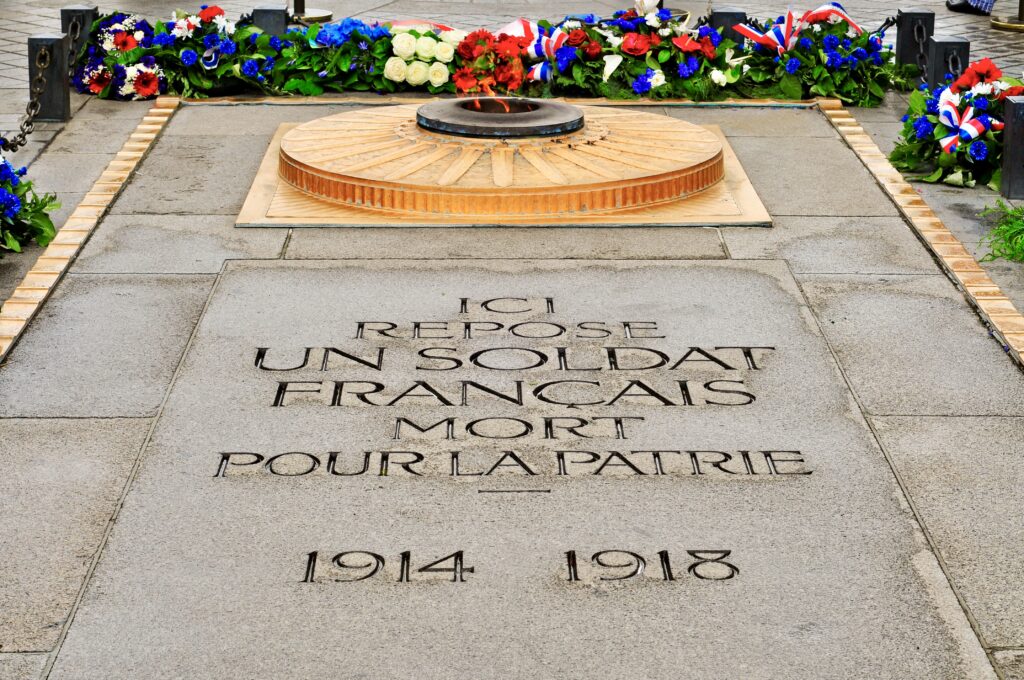
The ceremony is open to the public and takes place every day at 6:30 am in the morning.
Visitors are welcome to observe the ceremony from a designated viewing area located on the Champs-Élysées side of the monument.
The ceremony is brief, lasting only a few minutes long. But it’s a moving and powerful tribute to the sacrifices made by soldiers in service of their country.
It is worth noting that the ceremony can be quite crowded, especially during peak tourist season. You should plan to arrive early to secure a good viewing spot.
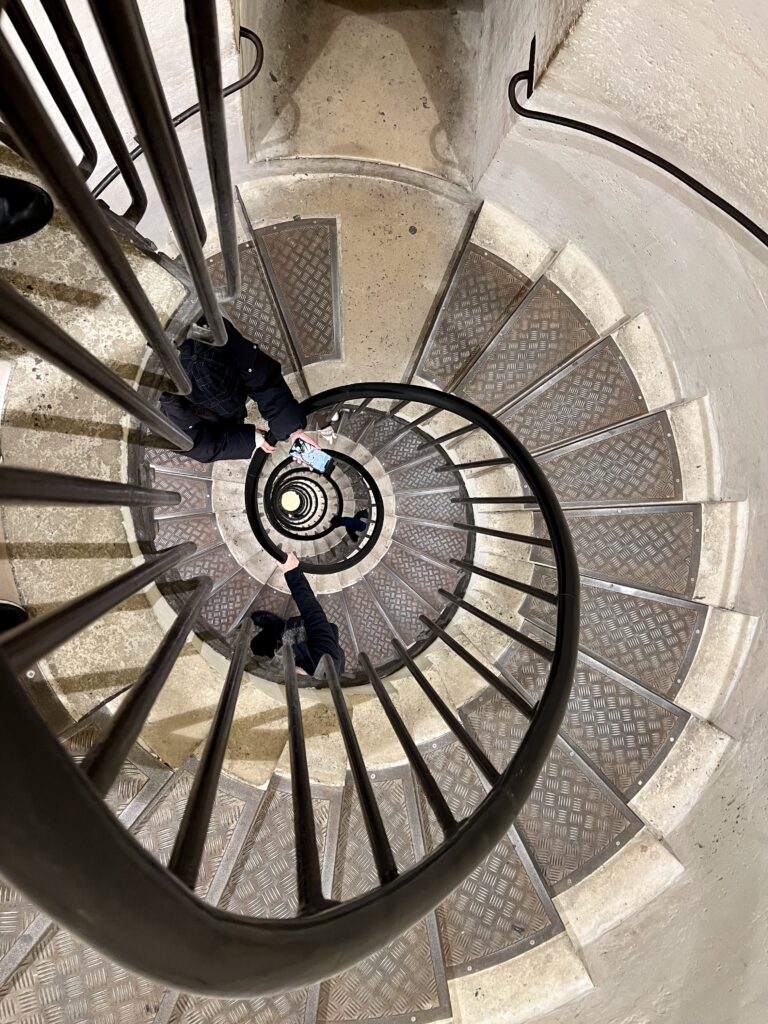
The Rooftop Climb
A long spiral staircase with 284 steps takes you to the top viewing terrace. The climb can be somewhat challenging, as the steps are narrow and steep. But it’s well worth the effort.
From the panoramic terrace at the top, you have stunning bird’s eye views of Paris in every direction. I think it’s the best viewpoint in the city. (Well, perhaps the view from Sacré-Coeur is a tad better.)
You can cast your eyes on the Eiffel Tower, the Louvre, Notre-Dame Cathedral, Sacré-Coeur Basilica, and the Seine River.
Visitors can also see many of Paris’s famous boulevards and avenues — the Champs-Élysées, the Avenue Montaigne, and the Avenue de la Grande-Armée.
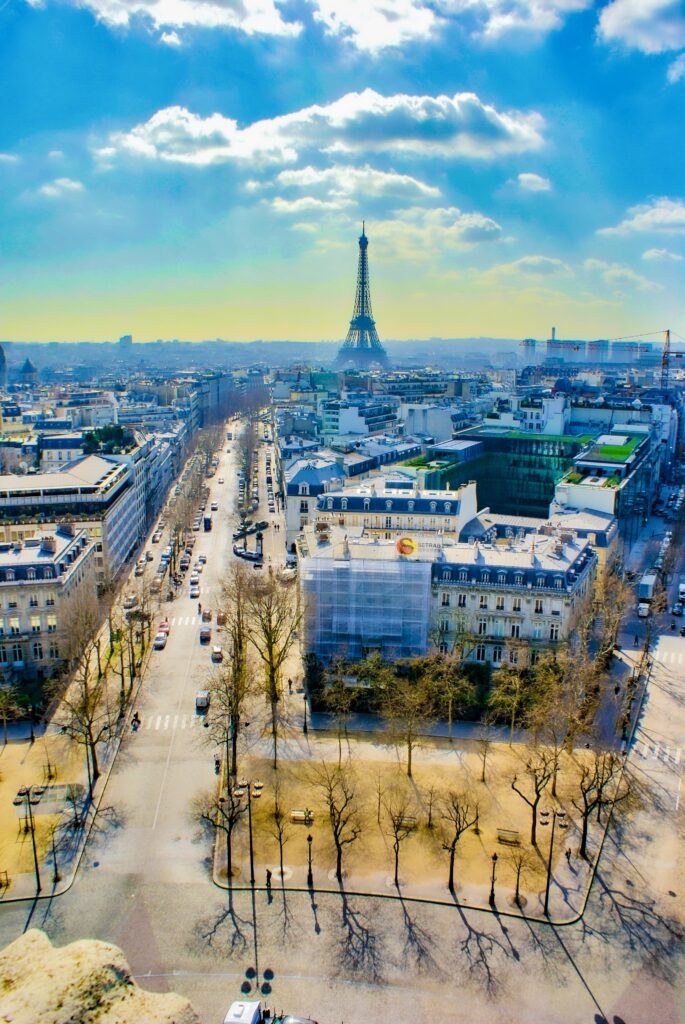

In addition, there are several information panels located around the terrace that provide historical and cultural context about the monument and its significance.
If you are visiting in winter, which I was on my last visit, be forewarned that it can be quite chilly and windy at the top. It felt markedly colder to me than at street level.
There are large metal spikes installed around the terrace for your safety. It won’t be that easy to get photos without them in it.
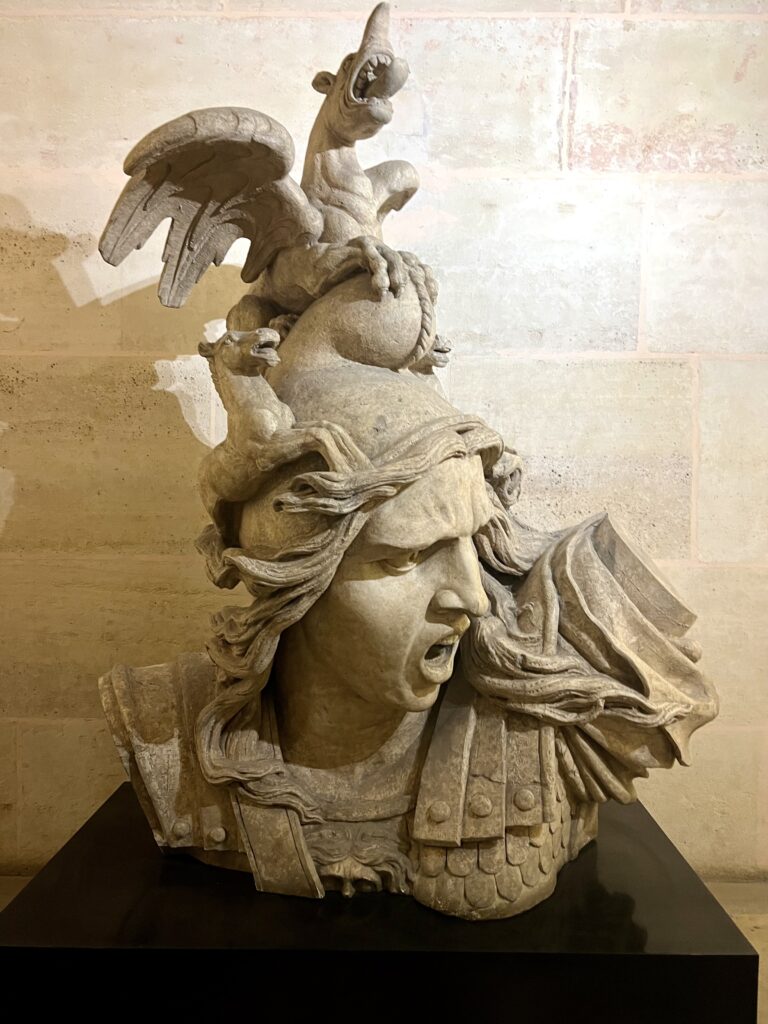
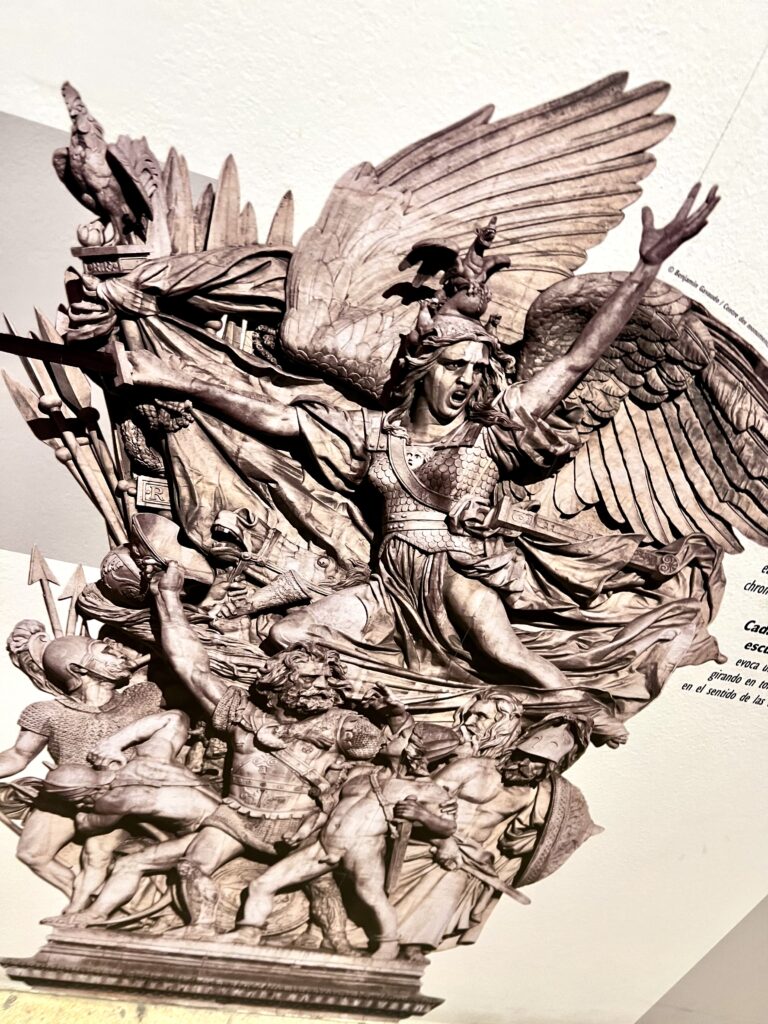
Musée de l’Arc de Triomphe
There are two spots to stop on the way to the rooftop.
On the first level, you’ll see several sculptures that were once displayed on the monument before being moved inside. There is also a window where you can look down on people admiring the arch at the street level.
At the next level, you’ll find a gift shop, rest rooms, and the Musee de l’Arc de Triomphe. The museums houses a variety of exhibits about the design, history, and significance of the monument.
Admission to the exhibition is included in your ticket price.
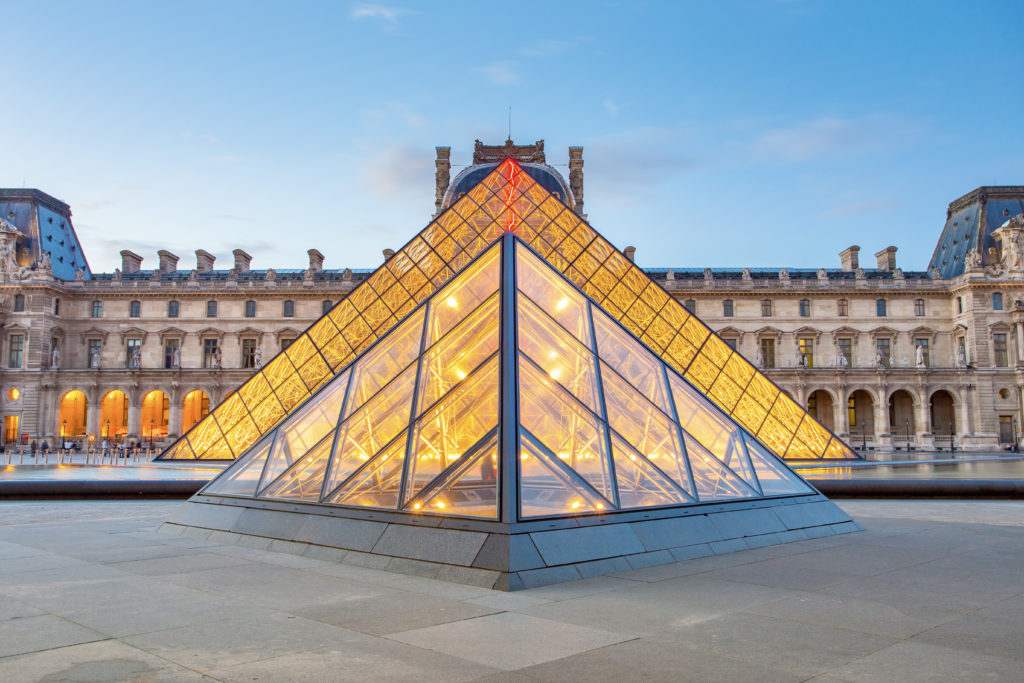
Attractions Near The Arc de Triomphe
There are plenty of other attractions to see near the Arc de Triomphe, if you are looking for things to do in the 8th arrondissement.
If you haven’t already done so en route to the arch, you can stroll down the Champs-Élysées, which stretches from the Arc de Triomphe to the Place de la Concorde.
If you’d like to visit one of Paris’ vaunted museums, you have several choices, which are all within a 20-25 minute walk:
- Louvre (world’s most famous museum)
- Musée Jacquemart-André (18th century art in a sumptuous mansion)
- Grand Palais (temporary exhibitions in a crystal palace)
- Petit Palais (works from antiquity to present)
- Musée d’Art Moderne de la Ville de Paris (20th century modern art)
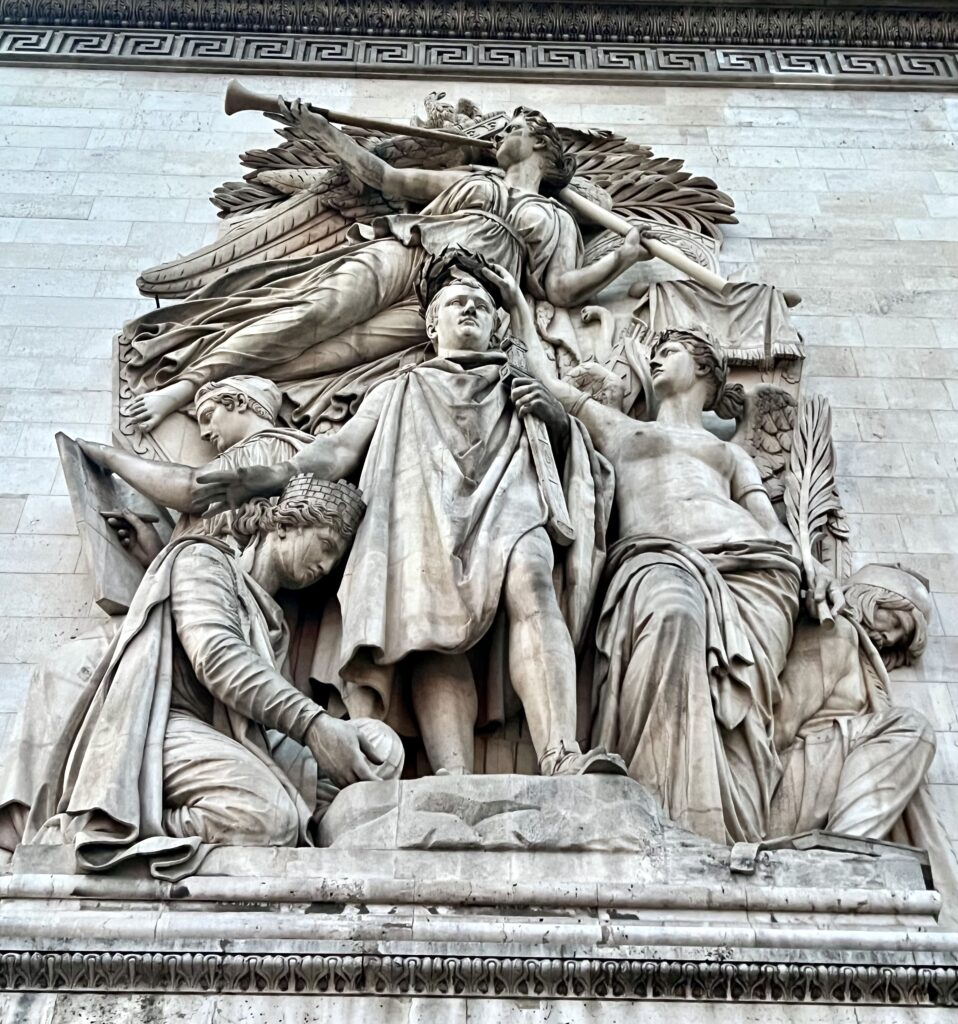
Practical Guide To The Arc de Triomphe
Address: Place Charles de Gaulle, 75008 Paris
Hours: 10:00 am to 10:30 pm. The last access is at 9:45 pm.
Timescope:
You’ll find the Timescope on the viewing terrace. It’s a virtual reality kiosks that offer you an augmented view of the city and its monuments and its most famous quartiers.
Metro: Charles de Gaulle–Étoile station which is connected to the 1, 4, and 6 lines
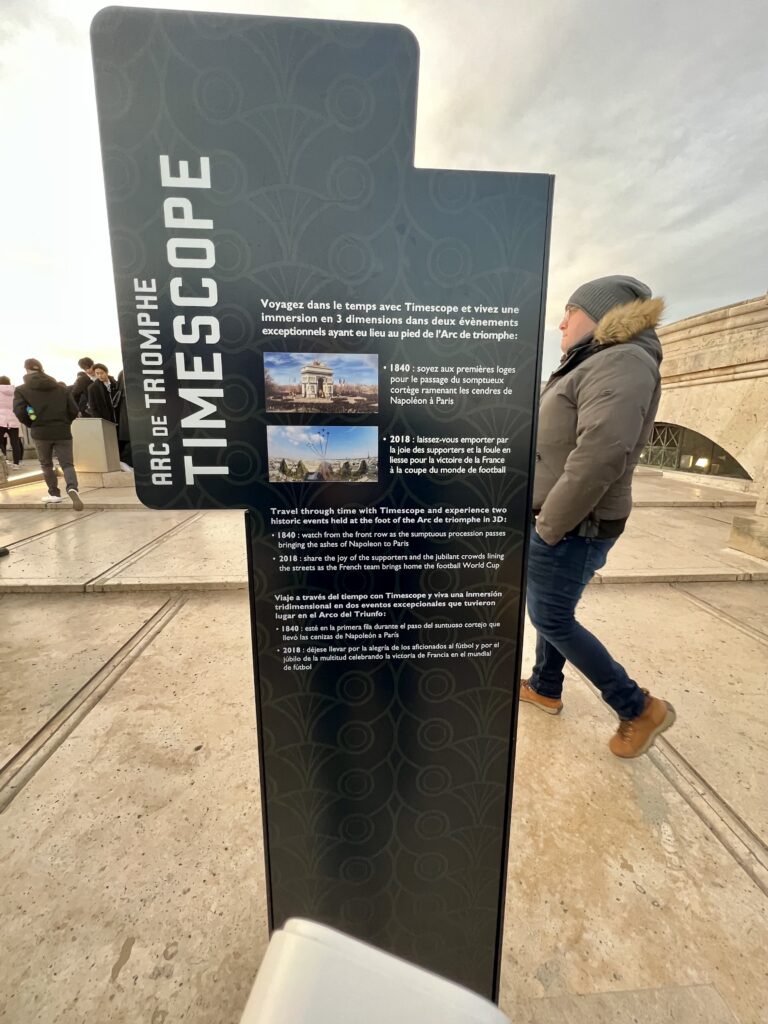
Tickets:
The Arc de Triomphe is free to visit. Only climbing to the rooftop requires a ticket. The standard ticket price at the door is 13 euros.
The arch is also included in the Paris Pass. And entry is free on the 1st Sunday of January, February, March, November, and December.
Pro Tips: Free guide booklets are available for download on the Arc de Triomphe’s official website. You can also pick up a pamphlet onsite.
When To Visit The Arc de Triomphe:
The best time to visit is either at sunset/twilight or at night when the lights of the Eiffel Tower are glimmering. During the holiday season, you can also see the Champs-Élysées brightly lit up.
Of course, many people will have this same idea. If you want to avoid crowds, you should visit during off peak hours, such as when it opens at 10:00 am or later in the evening around closing time.
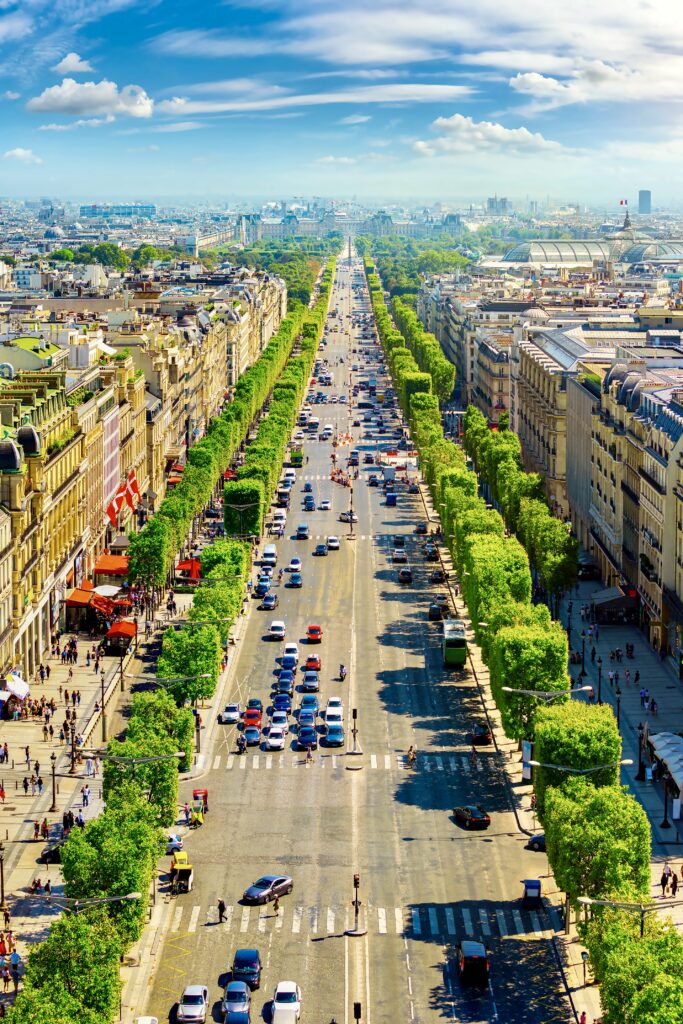
Accessibility:
There is a lift available for visitors with reduced mobility to access the Arc de Triomphe. It’s located on the north side of the monument, near the corner of the Avenue de la Grande Armée and the Place Charles de Gaulle.
The lift allows you to skip 200 steps. But it does not go all the way to the top of the monument. To reach the top, you must still climb an additional 64 stairs.
I hope you’ve enjoyed my guide to visiting the Arc de Triomphe. You may find these other Paris travel guides and resources useful:
- 5 Day Itinerary for Paris
- 3 Day Itinerary for Paris
- 2 Day Itinerary for Paris
- Tips for Planning a Trip to Paris
- Tourist Traps To Avoid In Paris
- Top Attractions in Montmartre
- Top Attractions in the Latin Quarter
- Top Attractions in the Marais
- Best Museums In Paris
- Hidden Gems in Paris
- Best Things To Do in Paris in Winter
- Guide to the Opera District
- Secret day trips from Paris
Pin it for later.


